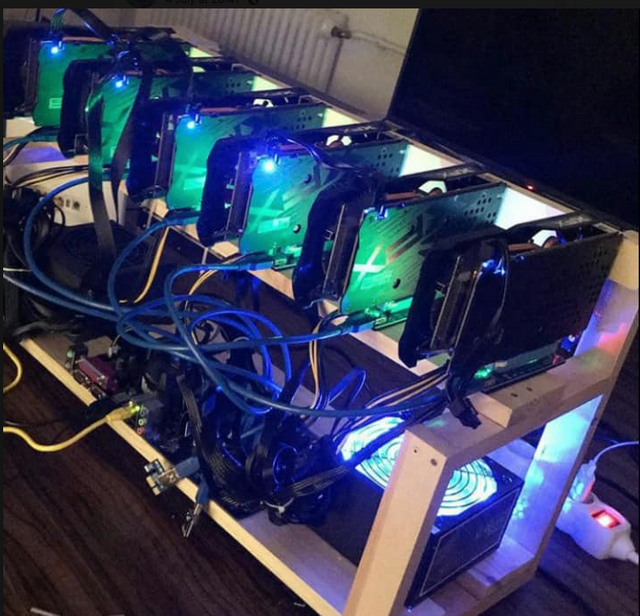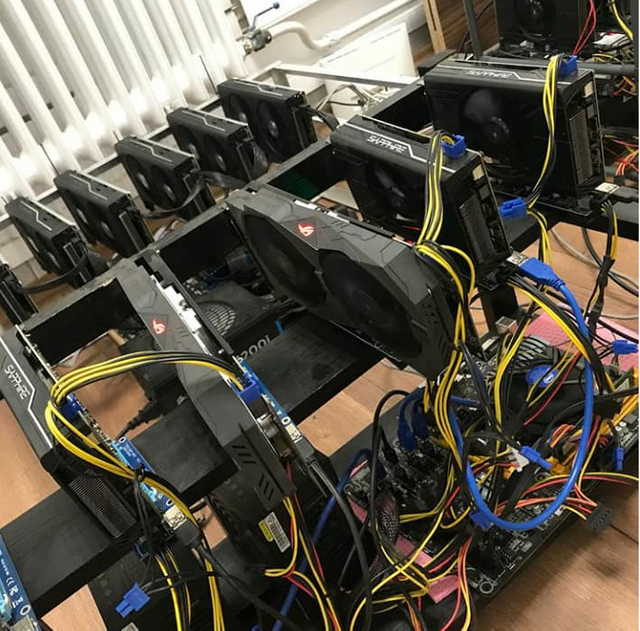CRYPTOCURRENCY DAY-TRADING AND MINING


Bitcoin mining is a peer-to-peer process of adding data into Bitcoin’s public ledger in order to verify and secure a contract. Groups of recorded transactions are gathered in blocks and then added into the Bitcoin blockchain. Bitcoin mining requires a lot of resources to protect the network from the possibility of altering past transaction data by making all attempts in changing blocks inefficient for the intruder. Bitcoin mining is rewarded by the network through transaction fees and subsidies of new coins to encourage miners to spend their resources on mining new Bitcoin blocks. As Bitcoin mining is increasingly difficult, it has become impossible to attempt mining as an individual. As a result, most Bitcoin mining is being done by mining pools, which include several participants sharing their reward. Bitcoin mining is controversial, as it is a great tool for securing transactions but complicating the scaling of the network.
TODAY'S STORY ON BITCOIN MINING,
Economist Alex de Vries, who published an article on “Bitcoin’s Growing Energy Problem,” yesterday, May 16, in scientific journal Joule, told the Independent that Bitcoin (BTC) mining will use 0.5 percent of the world’s energy by 2018.
De Vries concludes that as the BTC network currently consumes about 2.55 GW of electricity and moves towards consuming 7.67 GW in the future (for reference, Ireland consumes 3.1 GW and Austria 8.2 GW), the network “has a big problem, and it is growing fast.” However, he does note that solutions like the Lightning Network “may alleviate the situation.”
Bitcoin mining requires energy for performing the calculations - hashes - that give miners Bitcoin rewards. In mid-February, it was reported that crypto mining in the country of Iceland would consume more energy than households in 2018. The debate over whether Bitcoin mining is overly harmful for the environment is seen by some as a non-issue, due to the real need for Bitcoin in underbanked countries.
De Vries told the Independent, however, that “half a percent is already quite shocking:”
“It’s an extreme difference compared to the regular financial system, and this increasing electricity demand is definitely not going to help us reach our climate goals.”
The scientific study goes into detail about the different types of Bitcoin miners and their individual energy usage, noting that “trying to measure the electricity consumed by the Bitcoin mining machines producing all those hash calculations remains a challenge to date.” De Vries uses Bitmain’s Antminers as his main example to show how much energy each machine uses in its lifetime.
As De Vries’s study is the first time data on Bitcoin energy consumption has been peer-reviewed, he hopes his paper will “get the conversation started,” as he believes that the world needs “more scientific discussion on where this network is headed” as opposed to “back-of-the-envelope calculations,” he told the Independent.
Conversely, the technology behind Bitcoin, blockchain, is being used to alleviate environmental impact in some cases. This week, IBM announced a partnership with Veridium Labs with the aim of tokenizing carbon credits to allow companies to better track their carbon footprint through blockchain, potentially allowing them to reduce their carbon impact.